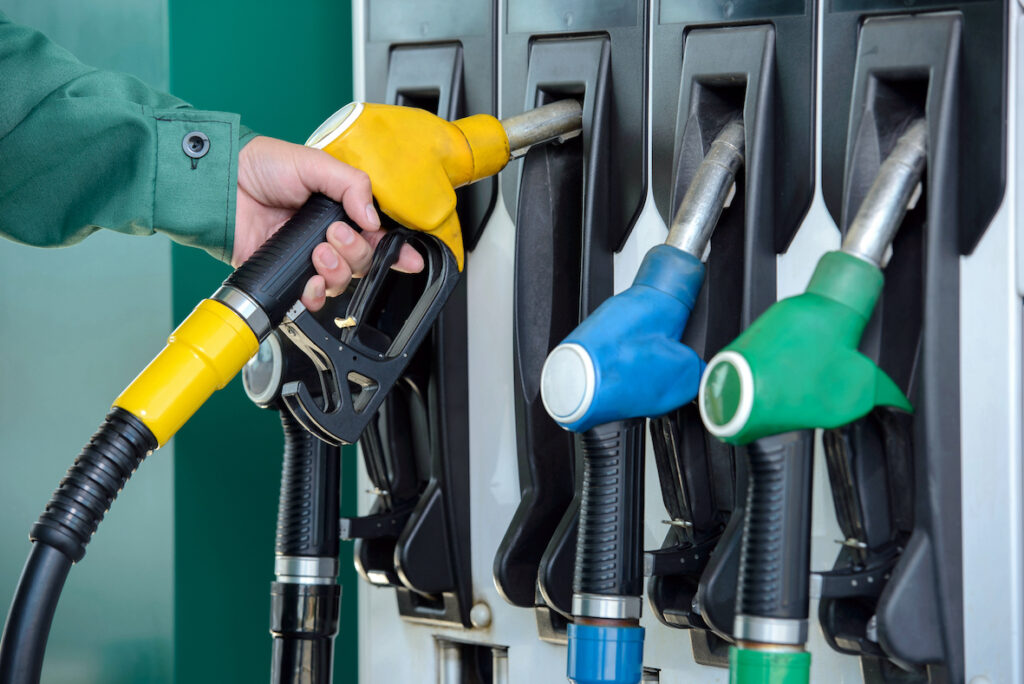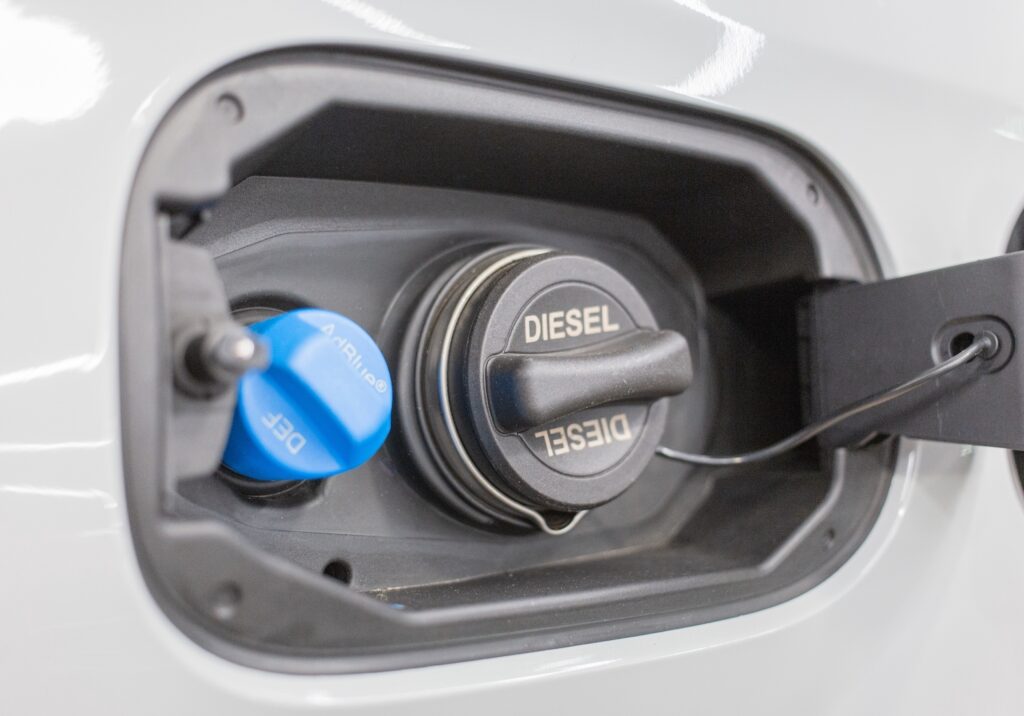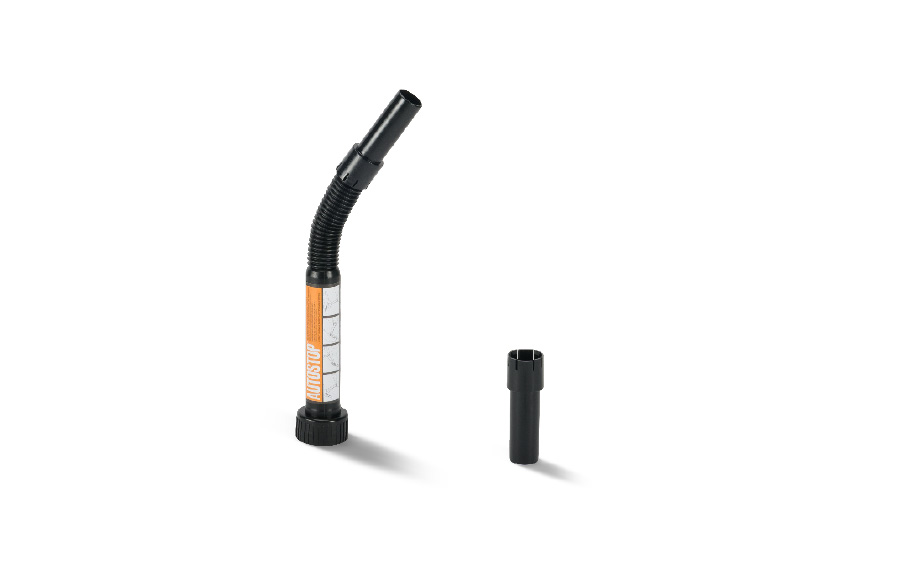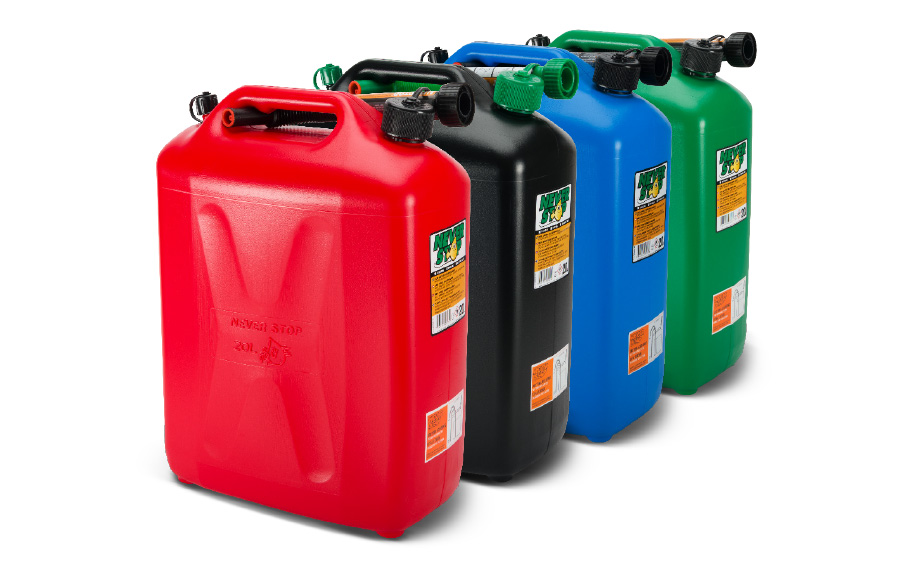IF YOU PUT THE WRONG TYPE OF FUEL IN YOUR CAR
AROUND 150,000 BRITS MAKE THE SAME MISTAKE EVERY YEAR…
….and it seems to be on the increase.
Insurance companies agree that the increase is mainly due to the increase in the number of diesel cars.
Something to keep in mind, especially when borrowing a car or using a rental car.
The most common error is that you have filled up petrol in a diesel car, not the other way around. In most modern cars, there is no room for a tank nozzle for diesel in the petrol car’s filling opening, and is thus relatively easy to avoid.
Less common is to refuel E85 (ethanol) in a gasoline-powered car. Only cars with real flexfuel systems can run on both ethanol and gasoline. Engine designation type “eco” for car manufacturers’ smaller cars with small car engines can sometimes be misinterpreted as meaning that the engine can run on ethanol.
For example, it has happened that rental cars have been returned full of ethanol, because it is a cheaper fuel. Pay attention to decals/markings on the key chain, instrument panel and fuel filler cap. Deductibles can be costly for rental cars!


WHAT TO DO AFTER PUTTING THE WRONG FUEL IN YOUR CAR
- Do not start the engine, do not even turn on the ignition. It is a preventive measure before a workshop’s decontamination of the fuel system. Otherwise, fuel will begin to circulate and increase the risk of expensive damage. Most cars have a low pressure pump in the tank that builds up a pressure as soon as the ignition is turned on, this causes fuel to start circulating through the pump and hoses. Therefore, do not turn on the ignition!
- Call your insurance company right away! If you refuel incorrectly, several very expensive components may need to be replaced, such as the diesel car’s high-pressure pump. It is built to very small tolerances, for very high pressures and is lubricated by the fuel. Gasoline instead acts as a solvent, and failed lubrication causes damage to the pump by metal-to-metal contact. Particles then spread and can destroy other parts of the system as well. A small amount of petrol in a diesel tank is enough for the engine to be at risk of damage.
- Have a tow truck take the car to the workshop.
- Make sure you are well insured – in these cases you have yourself to blame, and it can be both annoying and tangibly noticeable in your wallet.
WHAT CAN BE DONE PREVENTIVELY?
- Always look at the sticker that is normally located inside the fuel filler cap, where it is clear which fuel the car in question is intended for.
- Some diesel cars have an extra tank for AdBlue, a liquid that helps clean the diesel exhaust. The tank is clearly marked and only AdBlue may be refilled in this tank. If you are unsure, read the car’s owner’s manual or contact your nearest brand workshop for your car brand.
- Review your insurance, especially if you have a diesel car. If you have good control yourself, something can happen if you lend the car. Check with your insurance company which terms and conditions apply.
- Put markings on keys, instrument panel or at the fuel filler cap. However, never put sticky notes on the steering wheel or near other airbags. There is then a risk that they will not inflate properly if necessary. Some newer cars have built-in refuelling protection from the factory.
- If you use our cans, you can as an accessory get a diesel adapter that you can mount over the petrol spout to refuel diesel vehicles with a regular petrol spout. Item number NS-3005D.
- Our fuel cans are available in four different colors, so you can choose which fuel you want to store in each color can!



